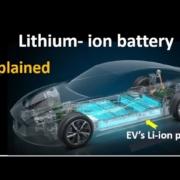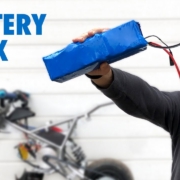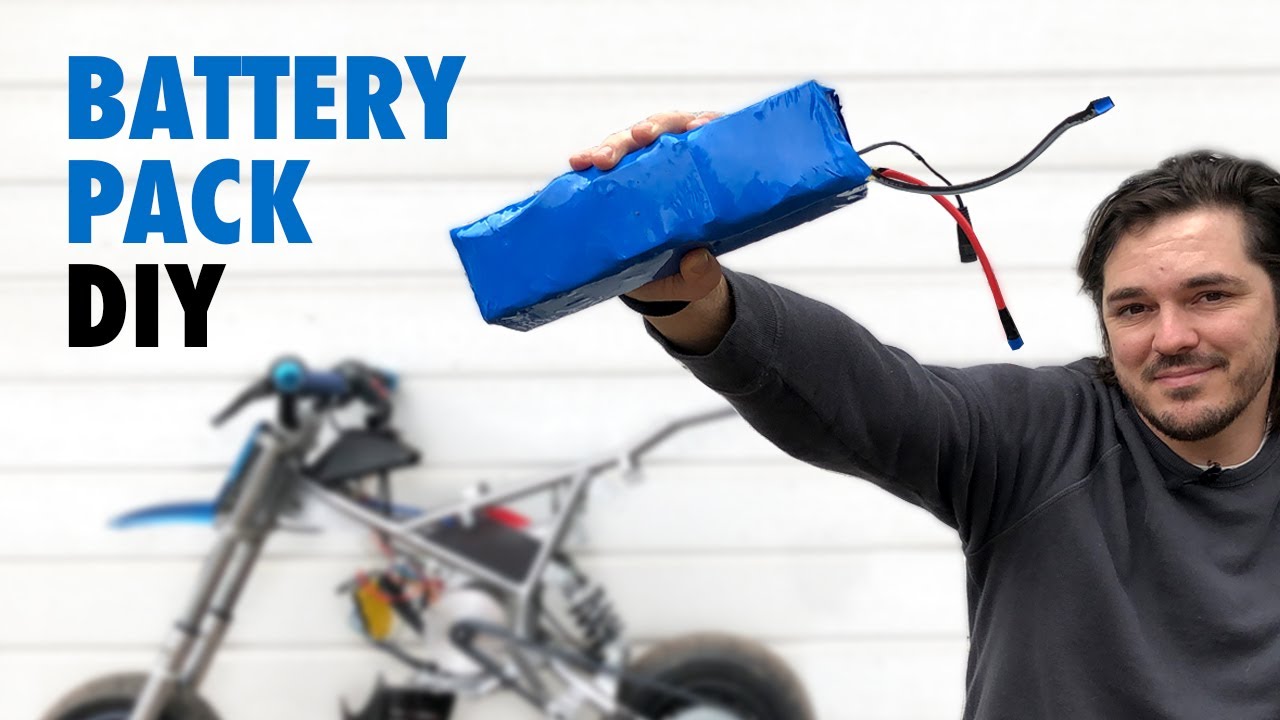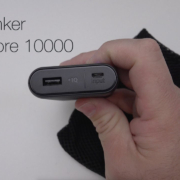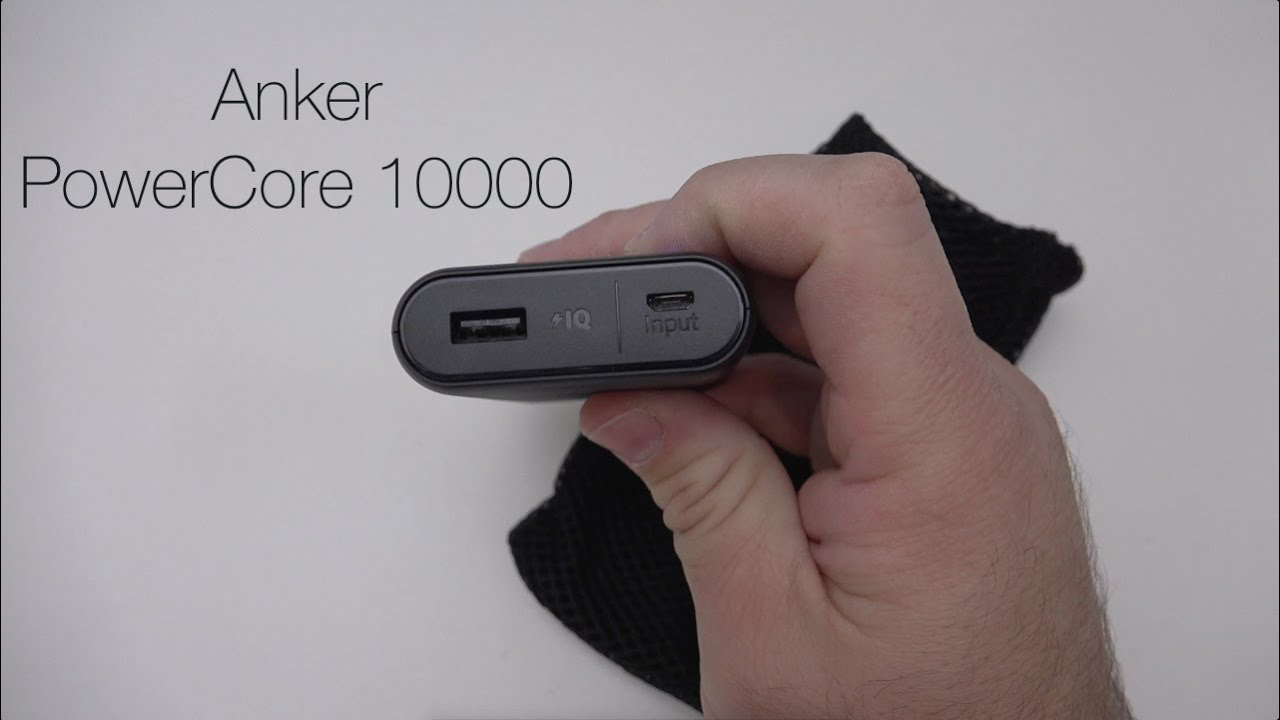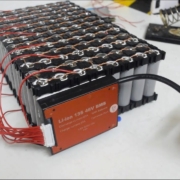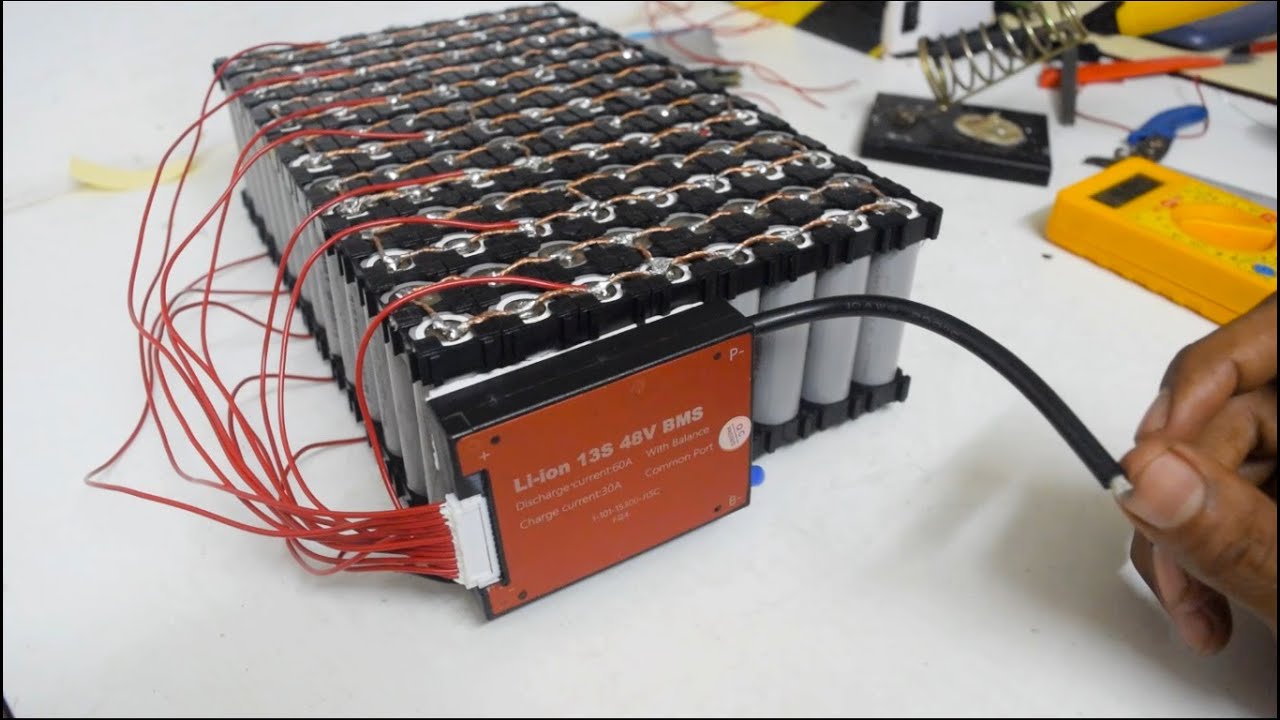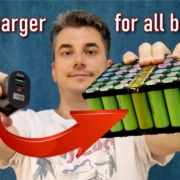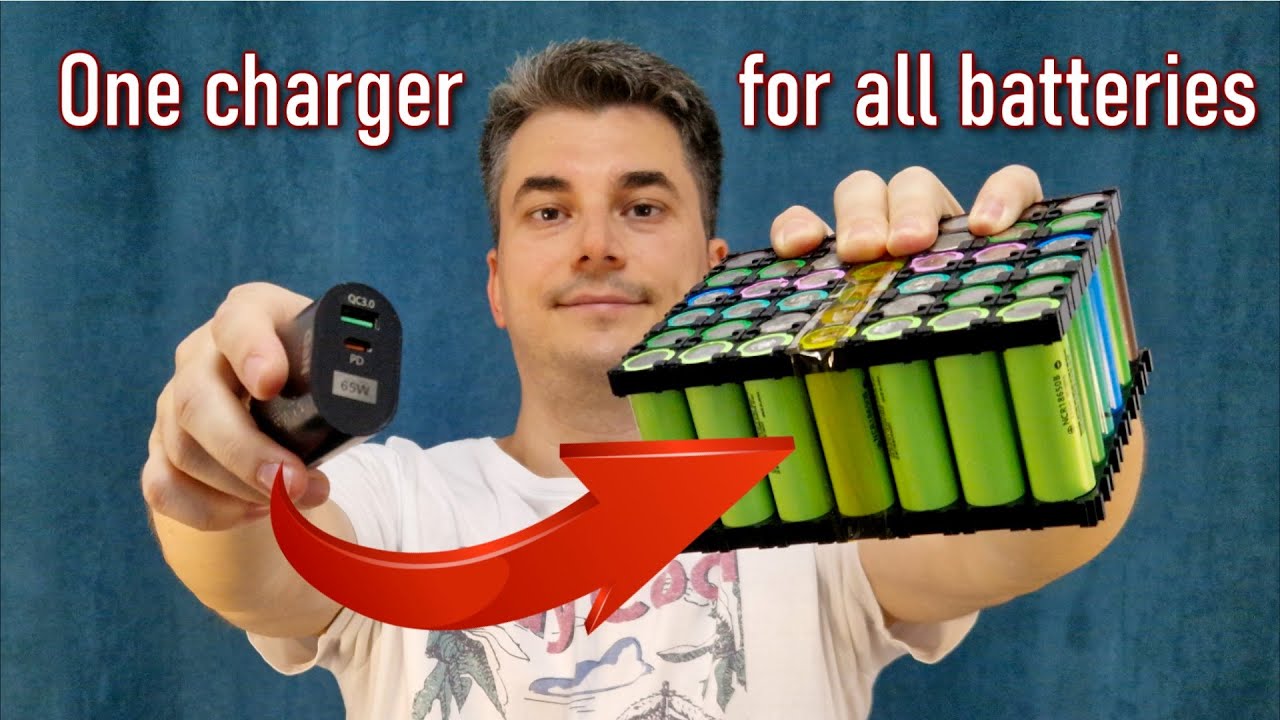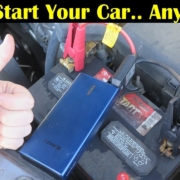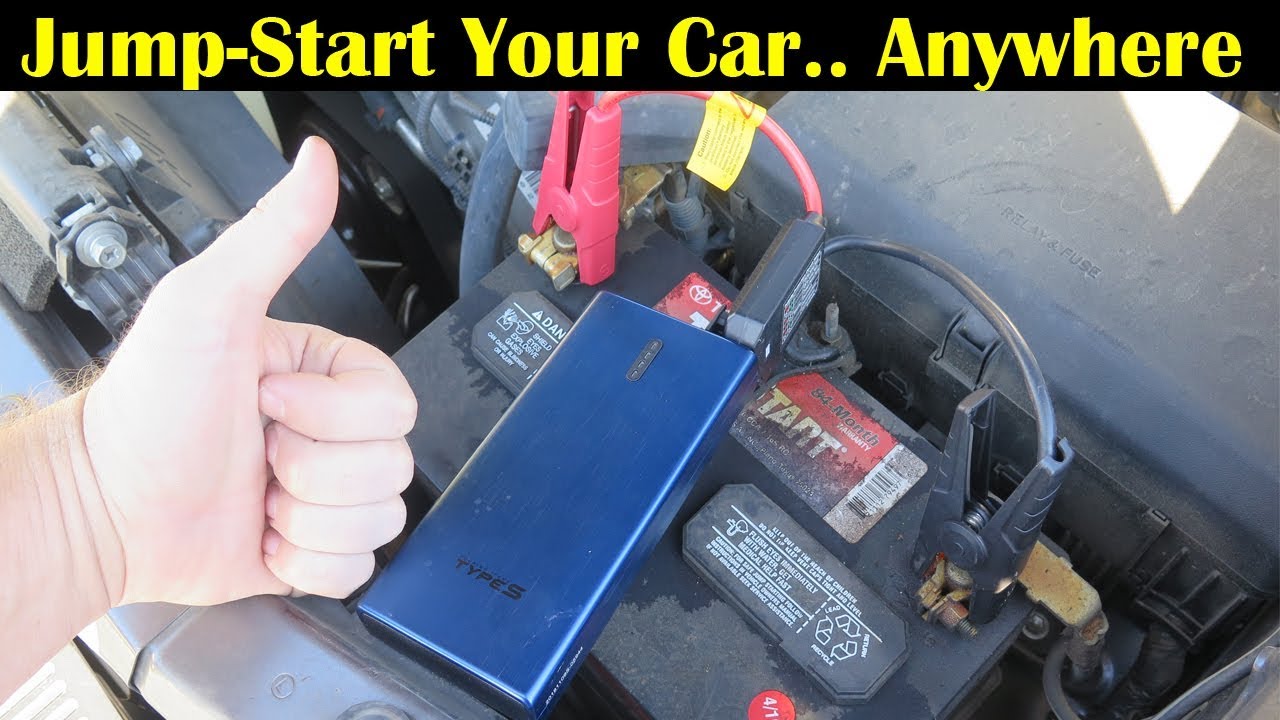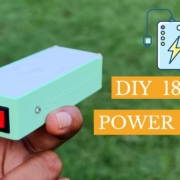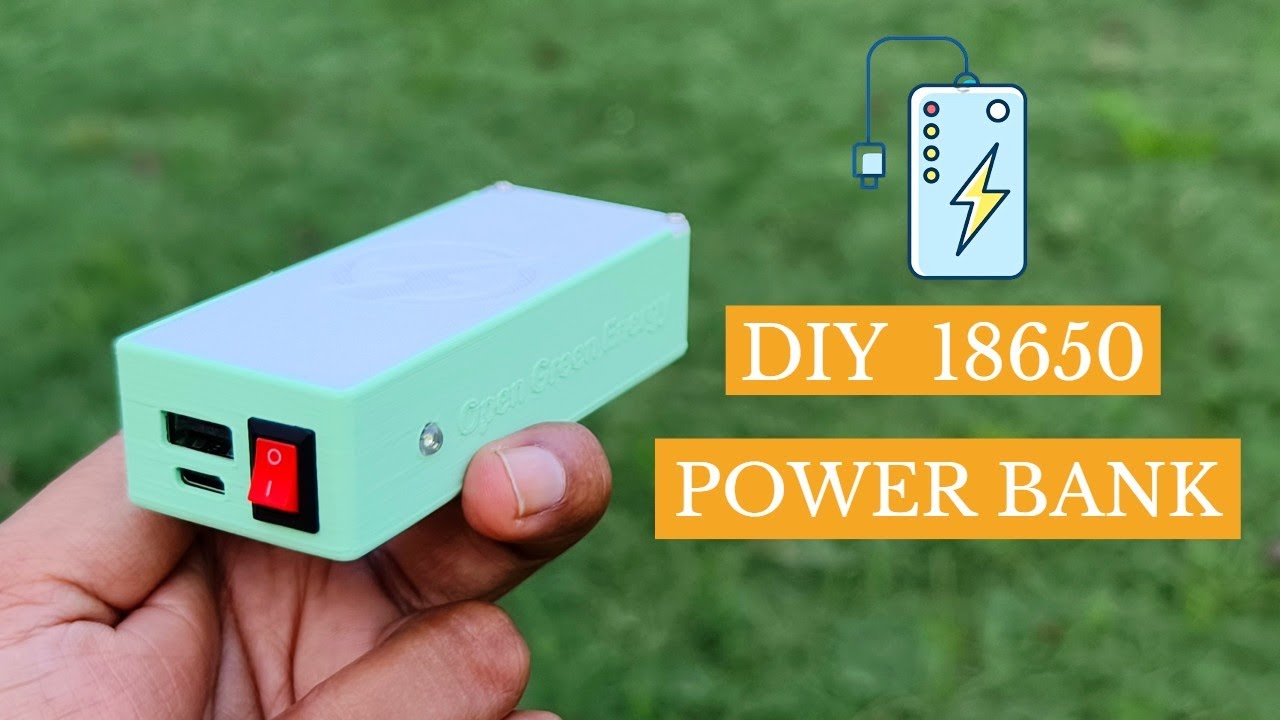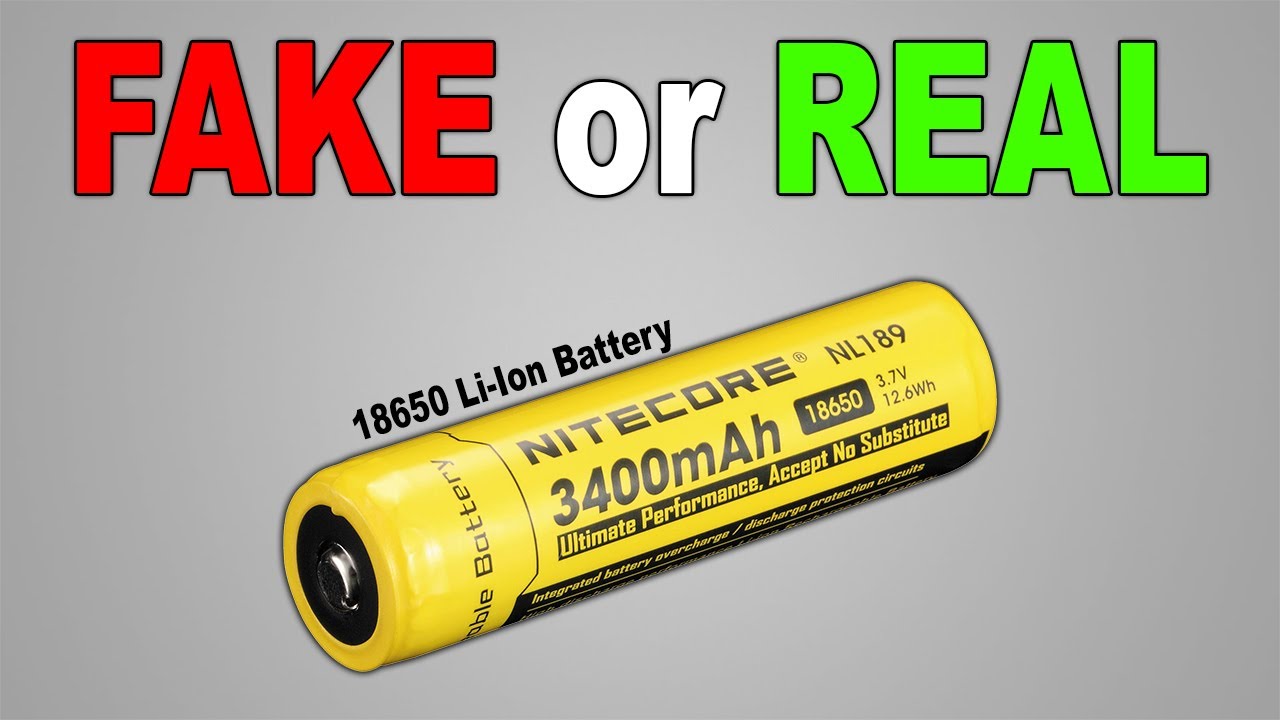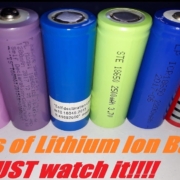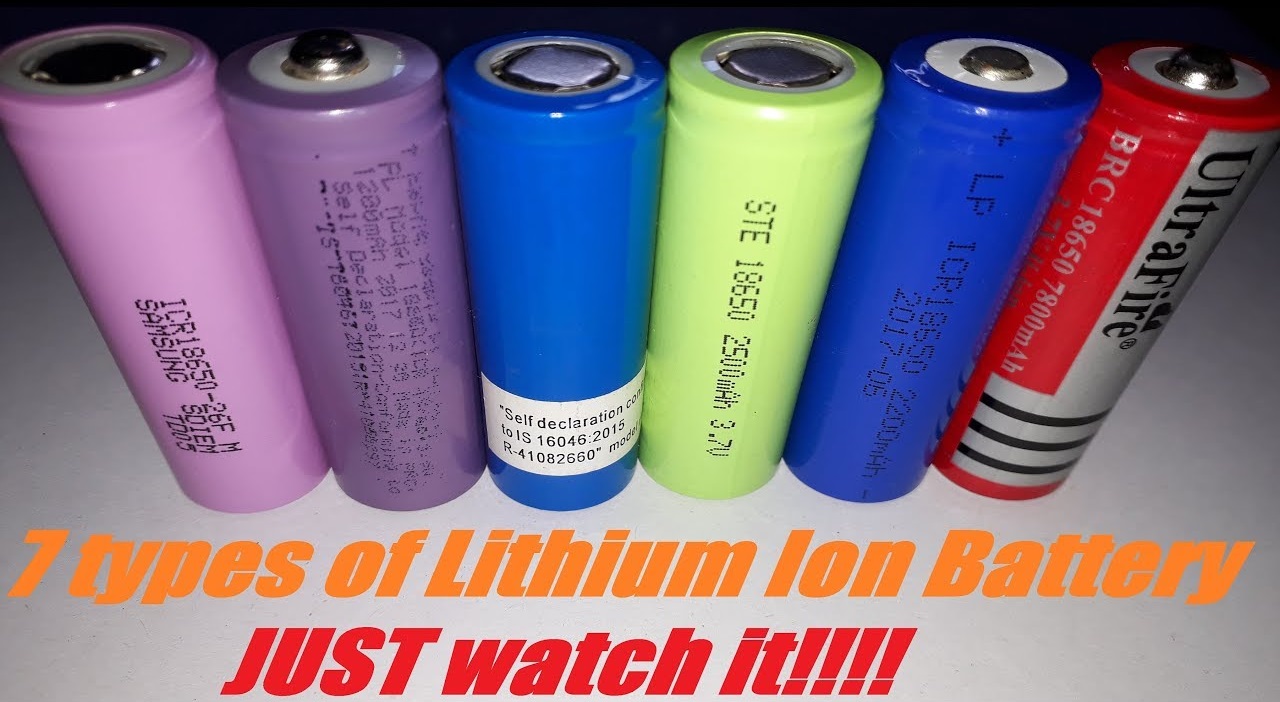Lithium Battery for Vehicle: The Complete Guide
So you want to learn about lithium battery for vehicle technology?
Perfect timing.
The EV market is exploding. And lithium batteries are the reason why.
In fact, global EV sales hit 14.2 million units in 2024. That’s a 35% jump from the previous year.
But here’s the thing:
Not all lithium batteries are created equal. Some power your car for 500 miles. Others barely make it past 200.
In this guide, as a professional lithium battery pack manufacturer, I’ll break down everything you need to know about vehicle lithium batteries. Including the different types, how they work, and which ones actually deliver on their promises.
Let’s dive in.

What Are Vehicle Lithium Batteries?
First things first:
A lithium battery is a rechargeable power source that uses lithium ions to store energy.
Pretty simple, right?
But when it comes to vehicles, these batteries are engineering marvels.
They’re made up of hundreds (sometimes thousands) of individual cells. All working together to power your electric motor.
The average EV battery pack weighs between 1,000-1,200 pounds. And contains enough energy to power a typical home for 2-3 days.
Wild.
But here’s where it gets interesting:
There are actually TWO main types of lithium batteries in vehicles:
- High-voltage propulsion batteries (the big ones that move your car)
- 12V starter batteries (the small ones that power your electronics)
Most people only think about the first type. But both are important.
Types of Lithium Batteries for EVs
Now it’s time to get into the nitty-gritty.
There are several lithium battery chemistries used in modern EVs. Each with its own pros and cons.
NMC (Nickel Manganese Cobalt)
This is the heavyweight champion of EV batteries.
NMC batteries offer the best energy density. Which means more range from a smaller pack.
Most premium EVs use NMC. Think Tesla Model S, BMW iX, Mercedes EQS.
The downside?
They’re expensive. And they use cobalt, which has some serious supply chain issues.
LFP (Lithium Iron Phosphate)
LFP batteries are having a moment.
Why?
They’re cheaper. Safer. And last longer than NMC.
Tesla started using LFP in their standard range models. Ford followed suit. Now everyone’s jumping on the bandwagon.
The trade-off is lower energy density. So you need a bigger, heavier battery for the same range.
But for most drivers? That’s a trade worth making.
NCA (Nickel Cobalt Aluminum)
This is Tesla’s secret sauce.
NCA batteries pack serious punch. We’re talking 260 Wh/kg energy density.
That’s how the Model S Long Range hits 405 miles on a single charge.
But they’re tricky to manufacture. And require sophisticated thermal management.
Solid-State (The Future)
Here’s where things get exciting.
Solid-state batteries could change everything.
Instead of liquid electrolyte, they use solid material. The result?
- 500+ mile range
- 10-minute charging
- Zero fire risk
Toyota claims they’ll have solid-state EVs by 2027. We’ll see.
How Vehicle Batteries Actually Work
Let me break this down simply:
When you press the accelerator, here’s what happens:
- The battery management system checks everything’s safe
- Lithium ions flow from the anode to the cathode
- This creates electrical current
- The current powers your motor
- The motor turns the wheels
Simple, right?
But here’s the cool part:
When you brake, the process reverses. The motor becomes a generator. And sends energy BACK to the battery.
This is called regenerative braking. And it can extend your range by 20-30%.
Pretty neat.
Real-World Performance and Range
Now for the million-dollar question:
How far can these batteries actually take you?
Here’s what I’m seeing in 2025:
- Budget EVs (40-60 kWh): 150-250 miles
- Mid-range EVs (60-80 kWh): 250-350 miles
- Premium EVs (80-120 kWh): 350-500 miles
But range isn’t everything.
Charging speed matters too.
The latest 800V architectures can add 200 miles in 15 minutes. That’s barely enough time to grab coffee.
Battery Lifespan and Degradation
Here’s what nobody tells you:
EV batteries don’t die suddenly. They degrade slowly over time.
Most lose about 2-3% capacity per year. After 8 years, you’re looking at 80-85% of original range.
Not bad.
But there are ways to slow degradation:
- Keep charge between 20-80% for daily use
- Avoid extreme temperatures
- Limit fast charging when possible
- Use scheduled charging to optimize battery temp
I’ve seen Tesla batteries with 200,000 miles still holding 85% capacity. It’s all about proper care.
Cost Analysis and Economics
Let’s talk money.
Battery prices have PLUMMETED:
- 2013: $668/kWh
- 2020: $137/kWh
- 2025: $89/kWh
This is huge.
It means EVs are reaching price parity with gas cars. Without subsidies.
But what about replacement costs?
A new battery pack runs $15,000-20,000. Sounds scary, right?
But here’s the thing:
Most batteries outlast the car. And they’re covered by 8-year/100,000-mile warranties.
Plus, battery recycling is taking off. Used EV batteries are worth $4,000-6,000 for their raw materials alone.
Environmental Impact and Sustainability
I know what you’re thinking:
“Aren’t lithium batteries bad for the environment?”
It’s complicated.
Mining lithium uses lots of water. Cobalt mining has ethical issues. Manufacturing is energy-intensive.
But here’s the bigger picture:
An EV produces 50-70% less lifetime emissions than a gas car. Even accounting for battery production.
And it’s getting better:
- New extraction methods use 90% less water
- Recycling recovers 95% of battery materials
- Renewable energy powers more factories
By 2030, EVs will be carbon-negative in many regions.
Maintenance and Care Tips
Want your battery to last forever?
Follow these tips:
Daily Habits:
- Charge to 80% unless you need full range
- Plug in whenever convenient (lithium loves small, frequent charges)
- Precondition in extreme weather
Long-term Care:
- Get annual battery health checks
- Keep software updated
- Park in shade during summer
- Use battery warming in winter
What to Avoid:
- Leaving battery at 0% or 100% for extended periods
- Frequent DC fast charging (unless necessary)
- Ignoring warning messages
Simple stuff. But it makes a HUGE difference.
Future Innovations and Trends
The next 5 years are going to be wild.
Here’s what’s coming:
Silicon Anodes: 30% more capacity with same size battery. Already in production.
Sodium-Ion: Cheaper alternative for budget EVs. CATL ships these in 2025.
Battery Swapping: Change your battery in 3 minutes. NIO has 2,000+ stations in China.
V2G Technology: Use your car battery to power your home. Or sell electricity back to the grid.
Wireless Charging: Park over a pad. Battery charges automatically. Multiple cities testing this now.
Common Myths Debunked
Let me clear up some confusion:
Myth #1: “EV batteries die after 5 years”
Reality: Most last 15-20 years with proper care.
Myth #2: “Cold weather kills lithium batteries”
Reality: Range drops 20-30%, but batteries work fine with preconditioning.
Myth #3: “Fast charging destroys your battery”
Reality: Modern thermal management prevents damage. Just don’t do it daily.
Myth #4: “Lithium batteries explode”
Reality: EV fires are 60x less common than gas car fires.
Choosing the Right Battery for Your Needs
So which battery type should you choose?
It depends on your priorities:
Choose NMC if:
- Maximum range is critical
- You regularly drive 250+ miles
- Budget isn’t a concern
Choose LFP if:
- You want the lowest cost
- Daily driving under 200 miles
- Long battery life matters most
Wait for Solid-State if:
- You can hold off until 2027-2028
- You want cutting-edge tech
- Ultra-fast charging is essential
The Bottom Line
Lithium battery for vehicle technology has come incredibly far.
We’ve gone from 73-mile range (2011 Nissan Leaf) to 500+ miles (2025 Mercedes EQS) in just 14 years.
Prices dropped 87%. Charging got 10x faster. Lifespan doubled.
And we’re just getting started.
The next decade will bring solid-state batteries, 1000-mile range, and 5-minute charging.
The future of transportation is electric. And lithium batteries are making it happen.
Pretty exciting stuff.
Now you know everything about lithium battery for vehicle technology. From chemistry types to maintenance tips to future innovations.
The electric revolution is here. And it’s powered by lithium.

